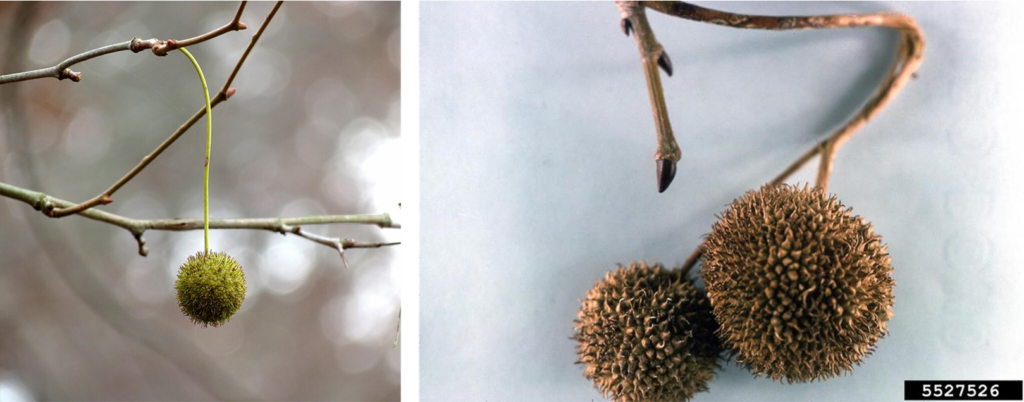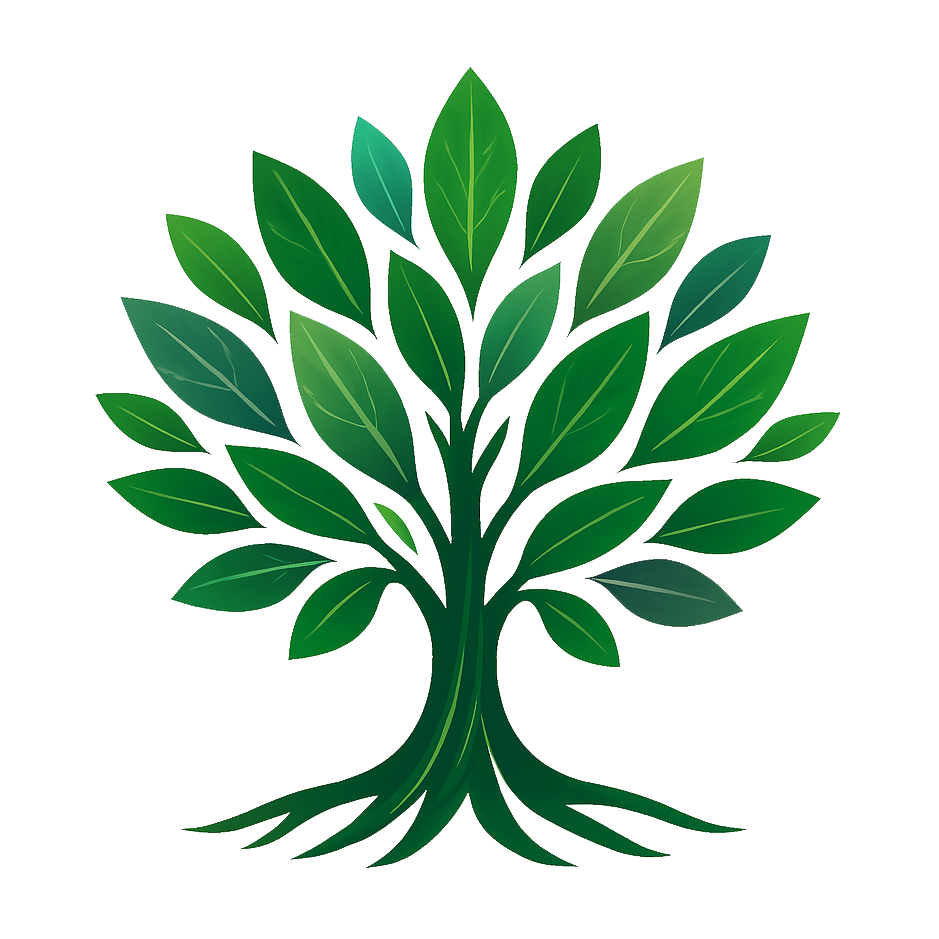
At a glance:
- Soil needs: Not very particular about soil type or pH. Tolerates urban pollution well.
- Water needs: High water needs. Loves moist soil. Tolerates periodic flooding well.
- Sun needs: Partial shade to full sun. Ideally at least 6 hours of sunlight per day.
- Size needs: Very high. The largest deciduous tree in North America. It needs ample room to spread and grow.
- Growth rate: Very fast, up to 6 feet per year.
- Tolerates Black Walnut: Yes, this tree can be planted near Black Walnut.
- Wildlife value: High, although not extremely high. They support various insects (including the Sycamore moth), although not as many as trees like oaks, cherries, or willows. Their seeds are a source of food for numerous birds and a few mammals, and their massive canopies are used extensively for nesting sites.
A bit more…
The American Sycamore is one of my favorite trees, bar none. I find its bark to be absolutely splendid, but that is not the main reason I am in love with this tree. What I like most about the sycamore is the shade it casts. Not all shade is created equal, and I consider sycamore shade to be the best of the best. There is something about the color and thickness of the leaves that creates a sort of mild lime-green cast on the ground below. There is nowhere better to spend a summer day than under a sycamore!
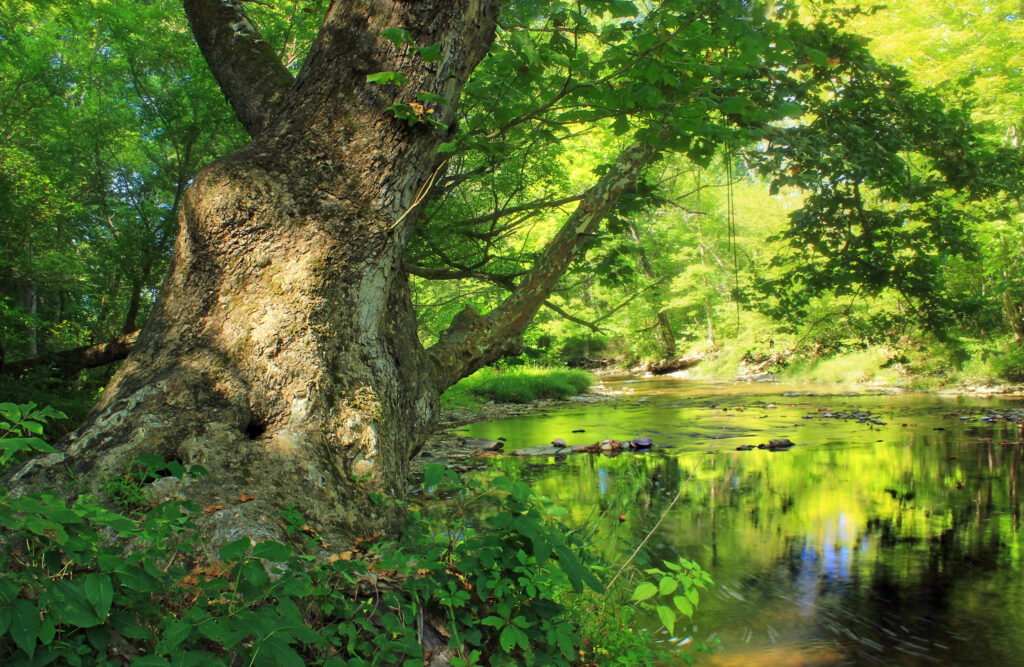
Sycamore trees love moist soil, and will often be found along streams and rivers. They are a great choice to repair a riparian habitat, or to slow creekside erosion. They are resilient and moderately deer resistant. Sycamore can be easily “live staked” (a “live stake” is a thin branch cut from a healthy tree that you simply stick in the ground, and it develops a new root system). This makes them a good option for quickly reforesting large areas for low cost.
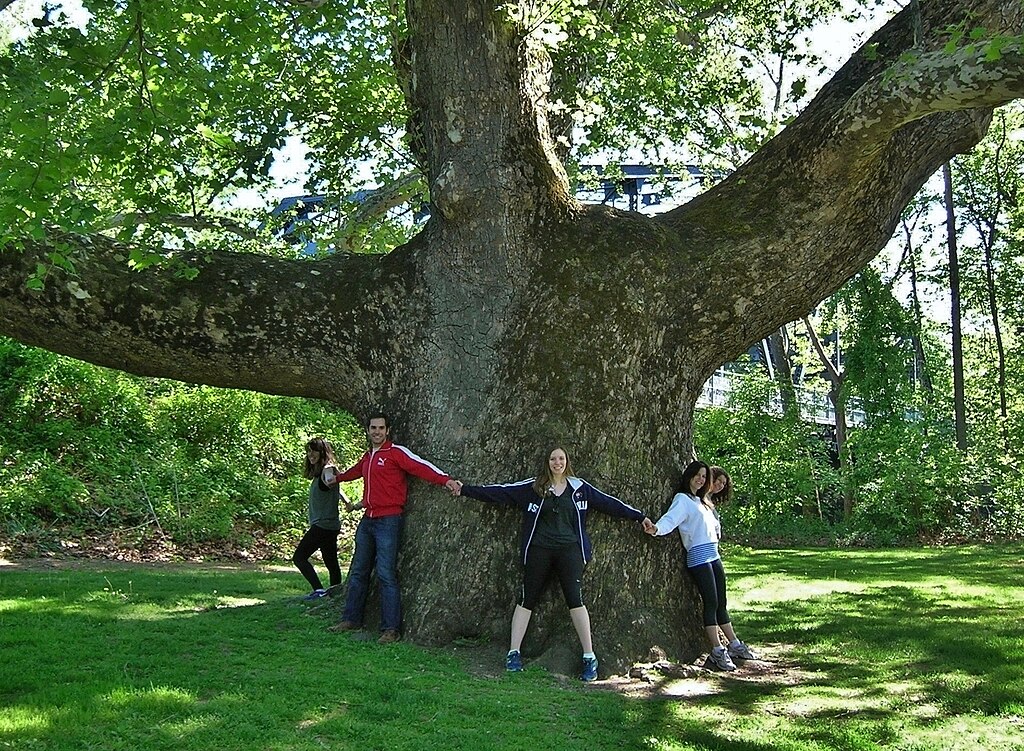
Of course, it must be noted that, if given enough time and space, sycamore trees can get HUGE. They are in fact the largest deciduous trees in North America (by girth). They have been recorded at up to 174 feet tall, and with a diameter of 13 feet. They are also one of the fastest growing, too, being able to grow 6 feet per year in ideal conditions.
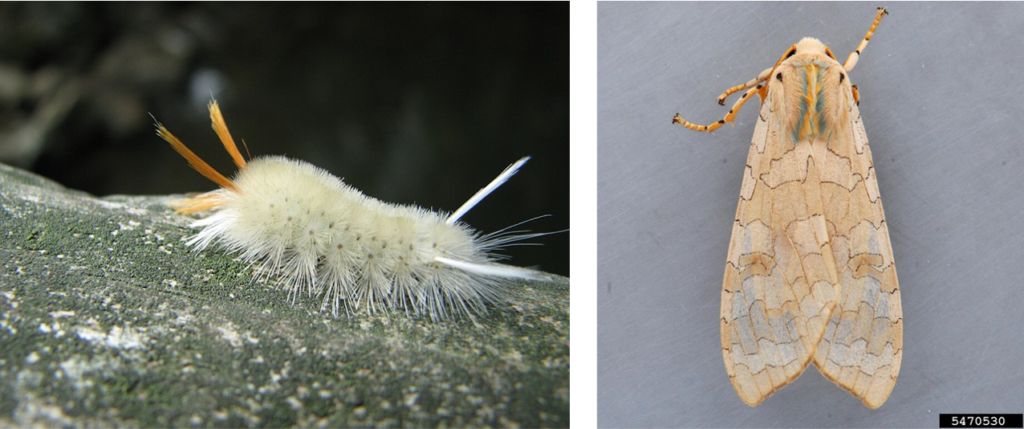
The sycamore is also no slouch when it comes to wildlife value. They support a variety of insects, including the sycamore tussock moth (aka sycamore tiger moth, Halysidota harrisii), as well as the sycamore lace bug (Corythucha ciliata). The sycamore lace bug is considered an invasive pest in Europe, but gets along with everyone just fine in North America. Birds also eat the sycamore’s seeds directly, such as finches, chickadees, and many others. Birds also love to nest in the tree’s large, dense canopy.
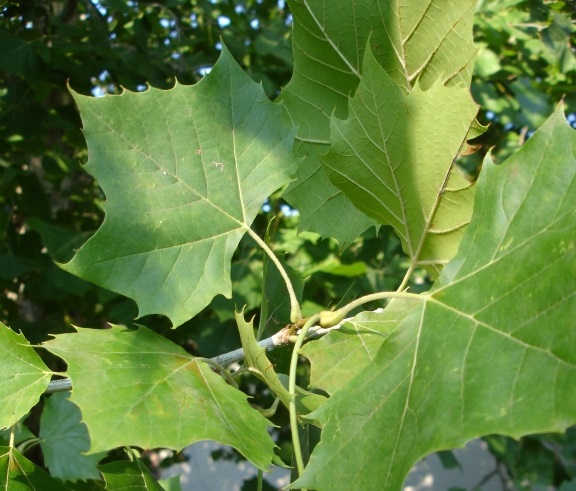
When I was little, I had trouble telling the difference between sycamore leaves and maple leaves. The easiest difference is simply how much bigger the sycamore leaves get! They can seem almost like dinner plates in comparison to most maple leaves. They are also a bit thicker and rougher, usually. This does make them a bit slow to decompose in winter, which some people consider a drawback. Funnily enough, their sap is sweet, and they can be tapped to make syrup, just like maple!
The London Plane is another tree that is difficult to distinguish from the American Sycamore. Indeed, the London Plane is a hybrid between the American Sycamore and the Oriental Plane (Platanus orientalis), so it shares a great many traits in common. Some people say that the easiest way to tell them apart is by the bark. They both have the same mottled nature, but the sycamore seems to be on a whiter background, while the London Plane seems to be on a more yellow background. The photo below shows an example, but I haven’t found this to very reliable in practice. It’s rare that you have one of each standing next to each other for comparison. Plus, I’ve seen some sycamores whose “bark background” was definitely more yellowish than white.
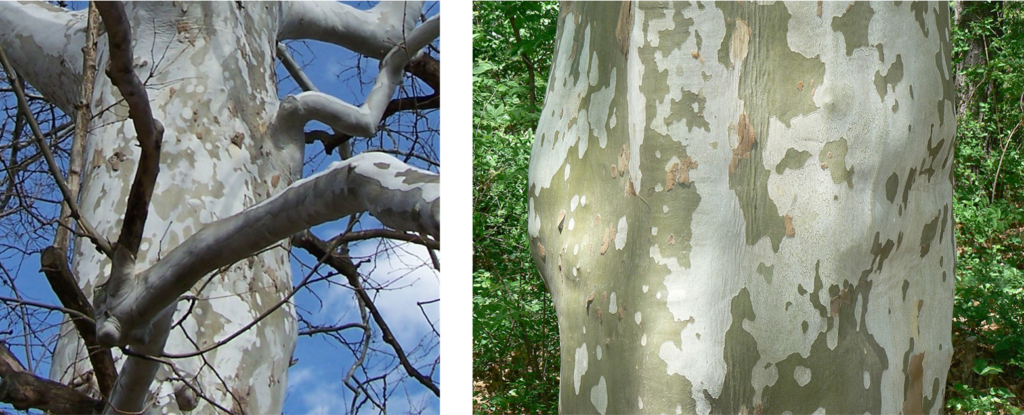
For me, I’ve had more success differentiating them by their seed pods. On a sycamore, the fruits grow one per stalk, as shown in the left photo. On an London Plane tree, the fruits tends to grow two per stalk, or even sometimes three. I think there can be exceptions to each rule, but when you find a tree that’s heavily fruiting and every last one of them is a single fruit per stalk, you can be certain its a sycamore.
